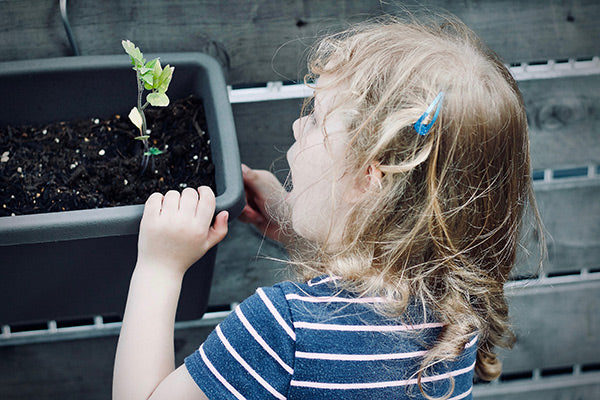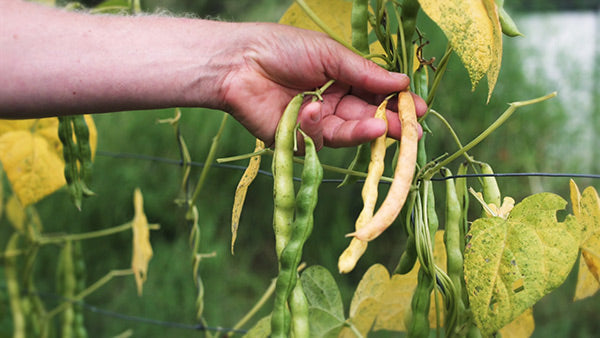It's easy, fun and economical to save seeds from vegetables, flowers and fruit in your garden. Most of the seeds you buy are imported from overseas, so there's no guarantee they'll thrive in our conditions. If you save your own seeds however, they'll become stronger every year as they adapt to your particular conditions.
The home gardener isn't set up to save all seeds though, and there are a few tricks you need to know.
Firstly, make sure the plants you're saving seeds from are not hybrids. A hybrid is a plant that's been crossed with another of the same species, in theory to make it stronger and more reliable. In our experience, however, this is often not true. For the home gardener, it's usually the heritage or open-pollinated seeds that grow best. When buying a plant (or seeds), you'll know it's a hybrid because it'll have the sign F1 on it. Seeds from a hybrid plant will not come true to the parent or will be sterile. Seeds from open-pollinated or heritage plants will produce plants identical to their parents. Every year more and more seeds in catalogues are becoming hybridised. In fact, in some countries it's become illegal to save seed.
Secondly, take seeds from your best produce (the biggest and heathiest tomato, for example) and make sure it's mature (an unripe tomato won't give you viable seeds).
Some of the easiest seeds to collect are:
Beans
Bean seeds are very easy to save. Deliberately leave a few beans hanging on your plants and wait until the end of the season. Pick and shell the beans and dry them on a south-facing window sill. This may take a few weeks depending on the weather. The test of their being dry enough is to hit them with a hammer. If they shatter, they're dry. If they squash, wait longer. When they're dry enough, place them in a bag in the freezer for 3-5 days. This is to kill off any pests that may be in your beans. They can be attacked by the bean weevil which will destroy all your seeds.
Tomatoes
This is more of a process as tomato seeds can contain blight and other diseases. Scoop out the seeds into a glass jar and add some water to the jar until it's about a quarter full. Cover the jar with foil and leave in a warm place. After a few days the liquid will become clear and the heathy seeds will have dropped to the bottom of the jar. Scrape off the scum and seeds that've formed in a layer at the top of the liquid and rinse the good seeds below. Place in rows on a piece of kitchen towel and dry for a few days. Label the paper with the type of seed and year, roll it up and place in a clean jar in the fridge.
Lettuce
When a lettuce goes to seed, wait till the seeds look like they're maturing. Pull up the whole plant including roots, place a paper bag over the seed head and secure with a rubber band. Hang it upside down in a dry place. The seeds will drop into the bag.
This same method can be used for parsley and coriander too.
Other vegetables like broccoli, pumpkins and cucumbers are a little trickier. Check out your local library or bookshop for books on seed saving, if you're really keen to know more.
Storage
The next important thing to remember is storage. Seeds need to be stored in a cool, dry place. Every degree cooler will double seeds' life. The perfect place is in a fridge set at 4 degrees. Seeds of tomatoes, beans and lettuce will be viable for up to 6 years if they're kept cooled, so there's no need to save them every year.
The amount of seed you'll collect from a few plants is more than you can use, so join a local seed saving group. These groups usually have one or two meetings a year where people can come and swap seeds. Have fun!
Read more

Growing kids' excitement about gardening can be a challenge. But if you succeed, there are countless benefits - they can learn about where food comes from, eat more healthily, get more family time ...

Growing kids' excitement about gardening can be a challenge. But if you succeed, there are countless benefits - they can learn about where food comes from, eat more healthily, get more family time ...






